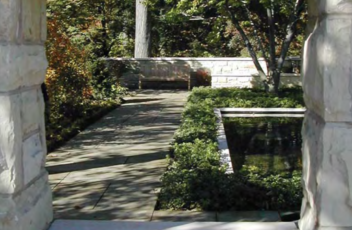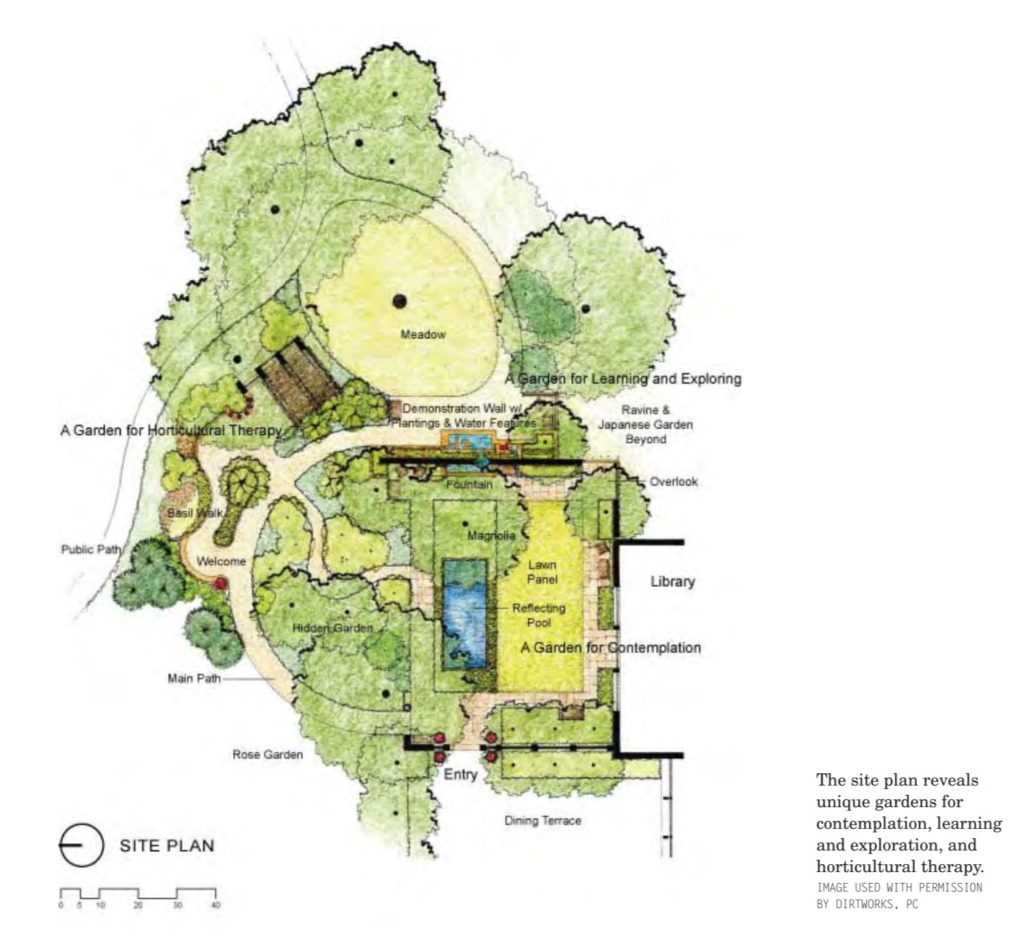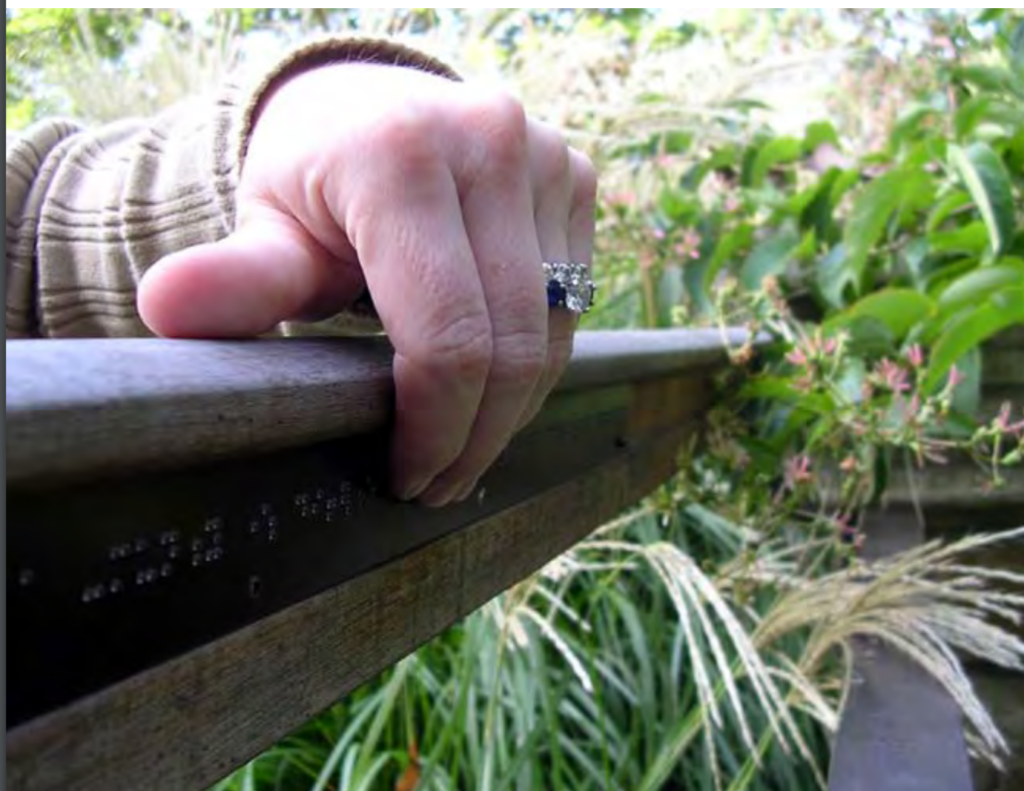Date& Time: 5.11.2019, 9am
Location: School of Architecture
With the growing interest among researchers, practitioners, and urban decision makers in the influence of the quality of the built environment on peoples’ health, there is increasing emphasis on using scientific knowledge to inform urban design, including methods of neuroscience. Current development of the
technology permits to study the brain response of people in-situ, using the wireless portable electroencephalography (EEG) devices.
Studies leveraging on the knowledge on the design theory, and affective neuroscience are part of emerging area of evidence-based design. It is of NeuroLandscape mission to advance the knowledge on this topic and promote use of rigorous scientific experimental designs in various contexts around the globe. This would allow replication of experiments while advancing the knowledge on causal relationships between the quality of living environments and mental health outcomes from the passive exposures to them.
We are hosting a 3 hour, hands-on workshop
Application of neuroscience in urban planning and design. An introduction to the theory and practice of EEG experiment design, data collection, and analysis
Workshop program:
9:30 – Registration
9:45 – Introduction to EEG
10:00 – Experiments design in an urban context (theory + practical exercise)
11:00 – Equipment and data acquisition (theory + demo)
12:00 – Q&A session
The workshop is free of charge for the conference delegates. You can register here






